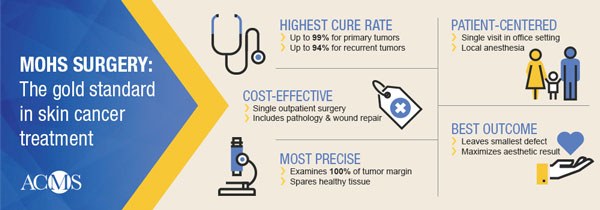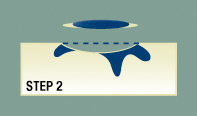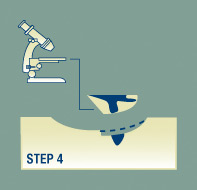Mohs surgery, short for Mohs micrographic surgery, is a highly specialized treatment for the removal of skin cancer. It was developed by Dr. Frederick Mohs in the early 1940’s. Mohs surgery eliminates the guesswork used with all other methods of treating skin cancer. It allows a detailed microscopic evaluation of all edges of the skin cancer by the Mohs surgeon, ensuring complete removal. By using detailed mapping techniques and complete microscopic control, the Mohs surgeon can pinpoint areas involved with cancer that are otherwise invisible to the naked eye. This results in complete removal of the skin cancer while removing as little normal skin as possible.
Today, Mohs surgery has come to be accepted as the single most effective technique for removing Basal Cell Carcinomas and Squamous Cell Carcinomas (BCCs and SCCs), the two most common skin cancers. It accomplishes the nifty trick of sparing the greatest amount of healthy tissue while also most completely expunging cancer cells; cure rates for BCC and SCC are an unparalleled 98 percent or higher with Mohs, significantly better than the rates for standard excision or any other accepted method.






